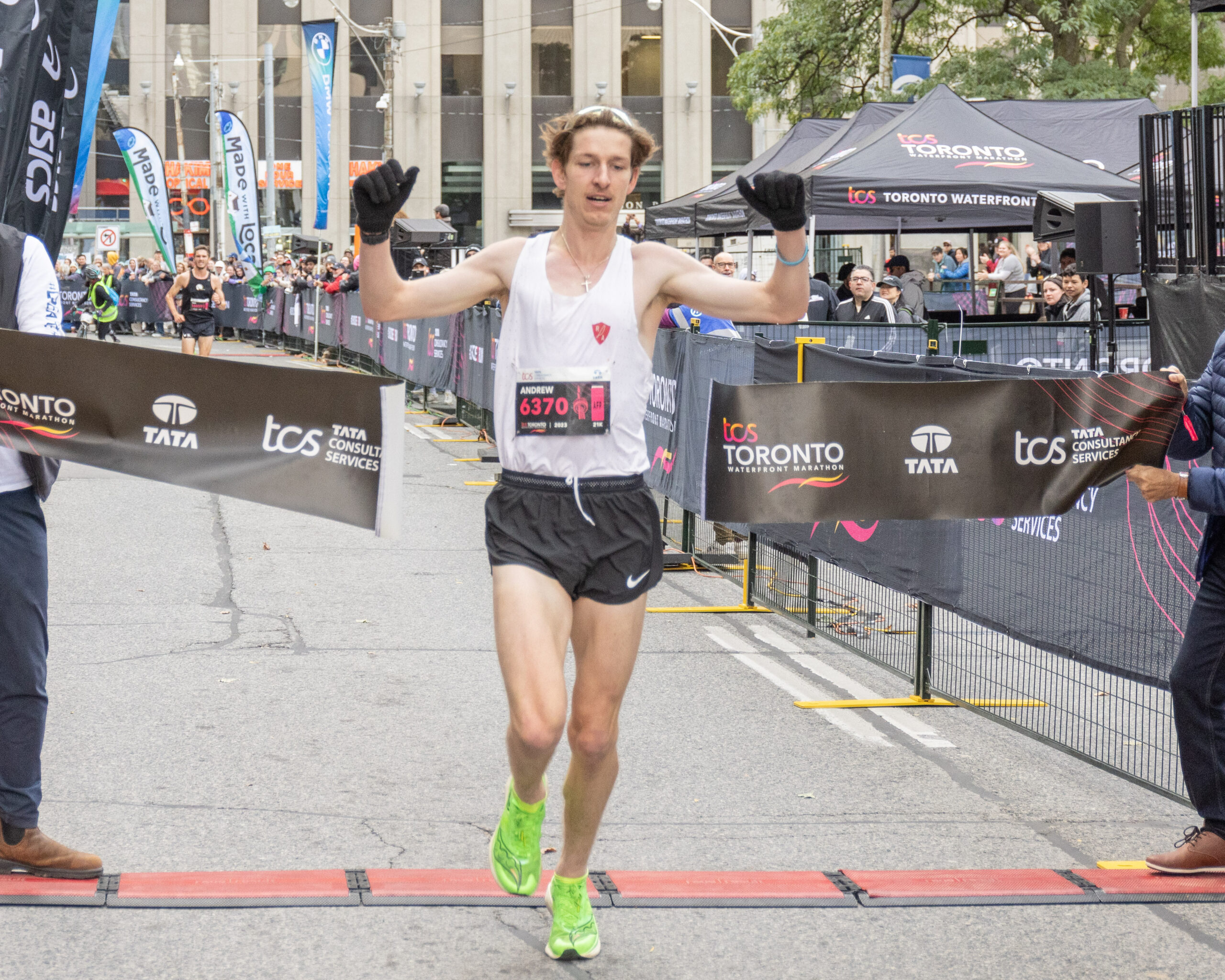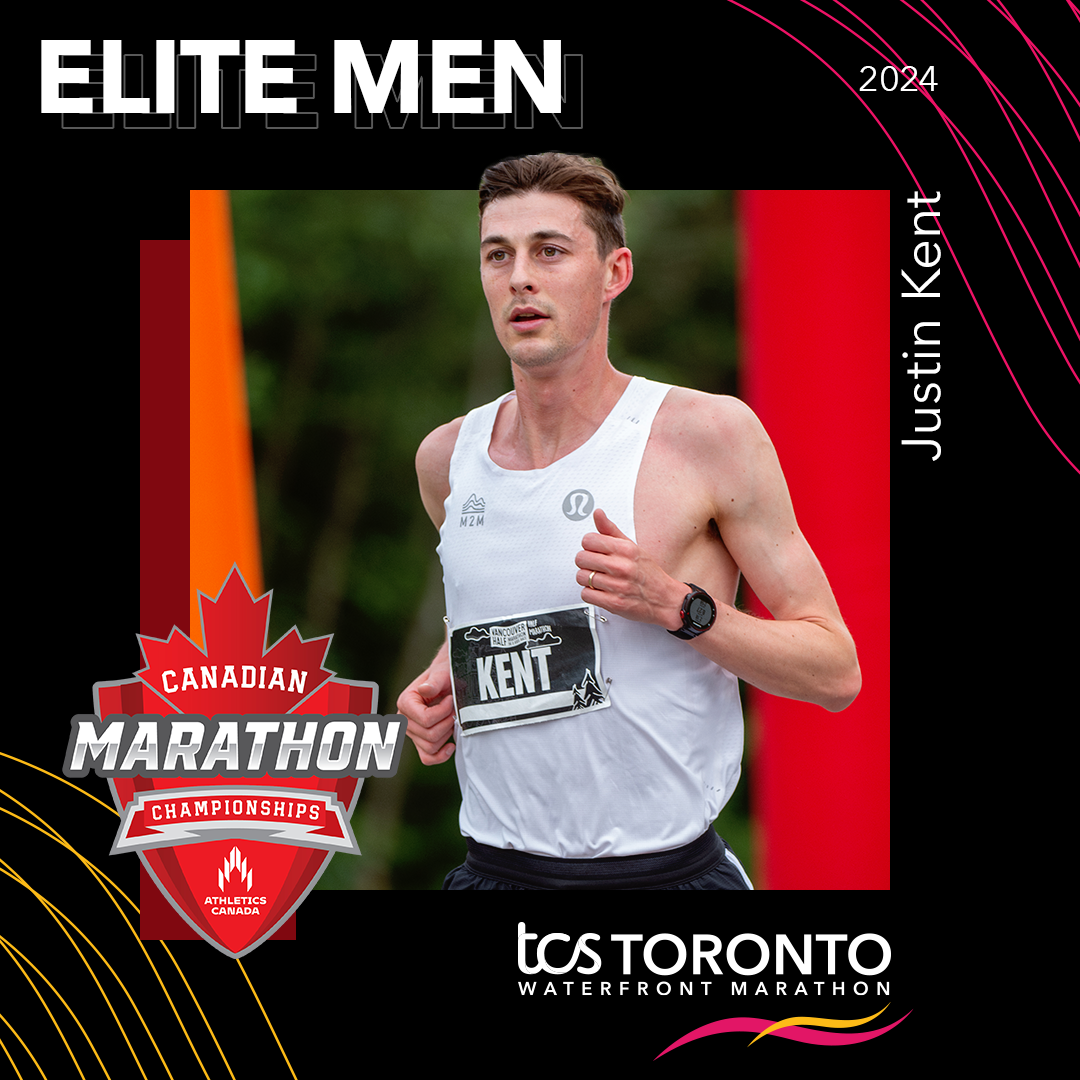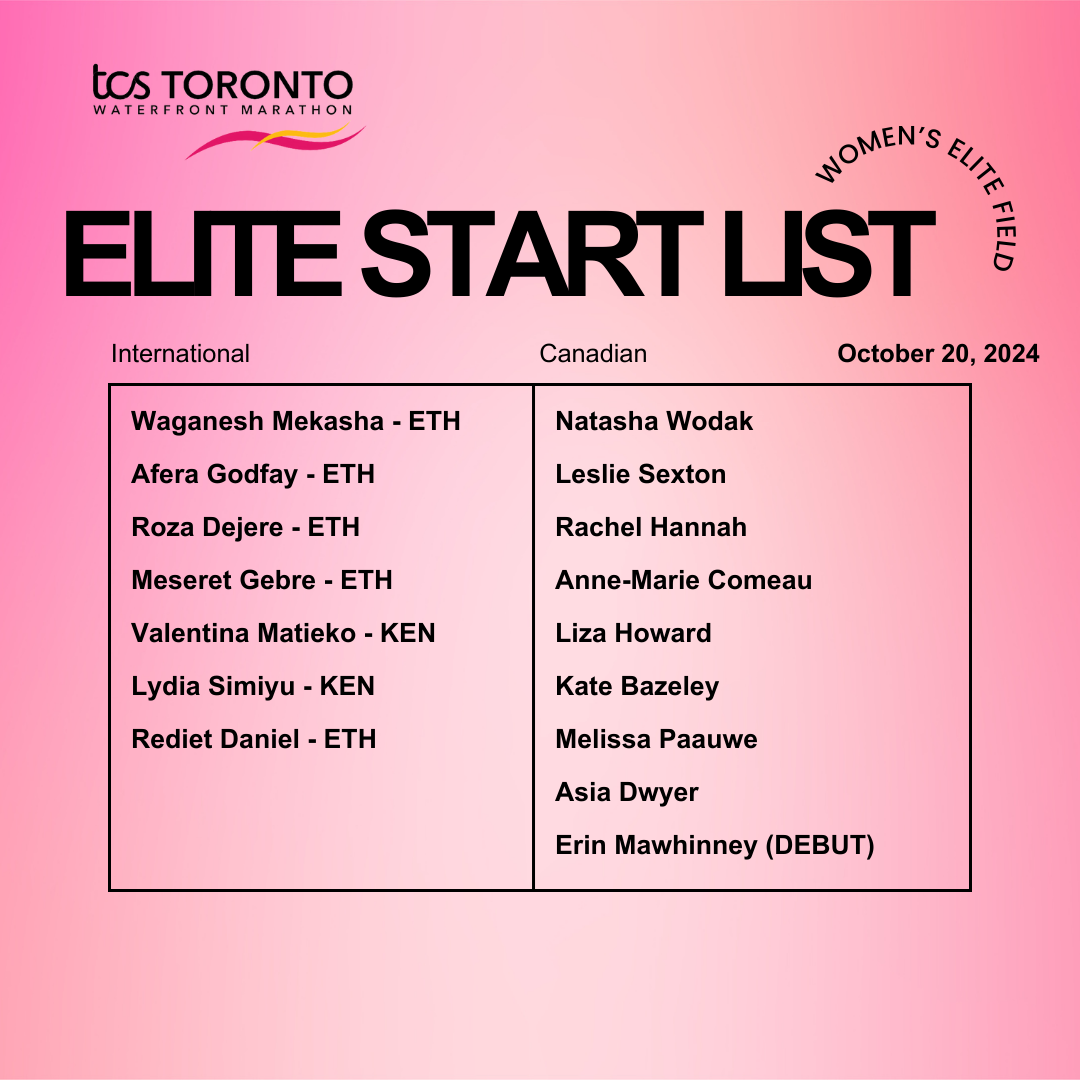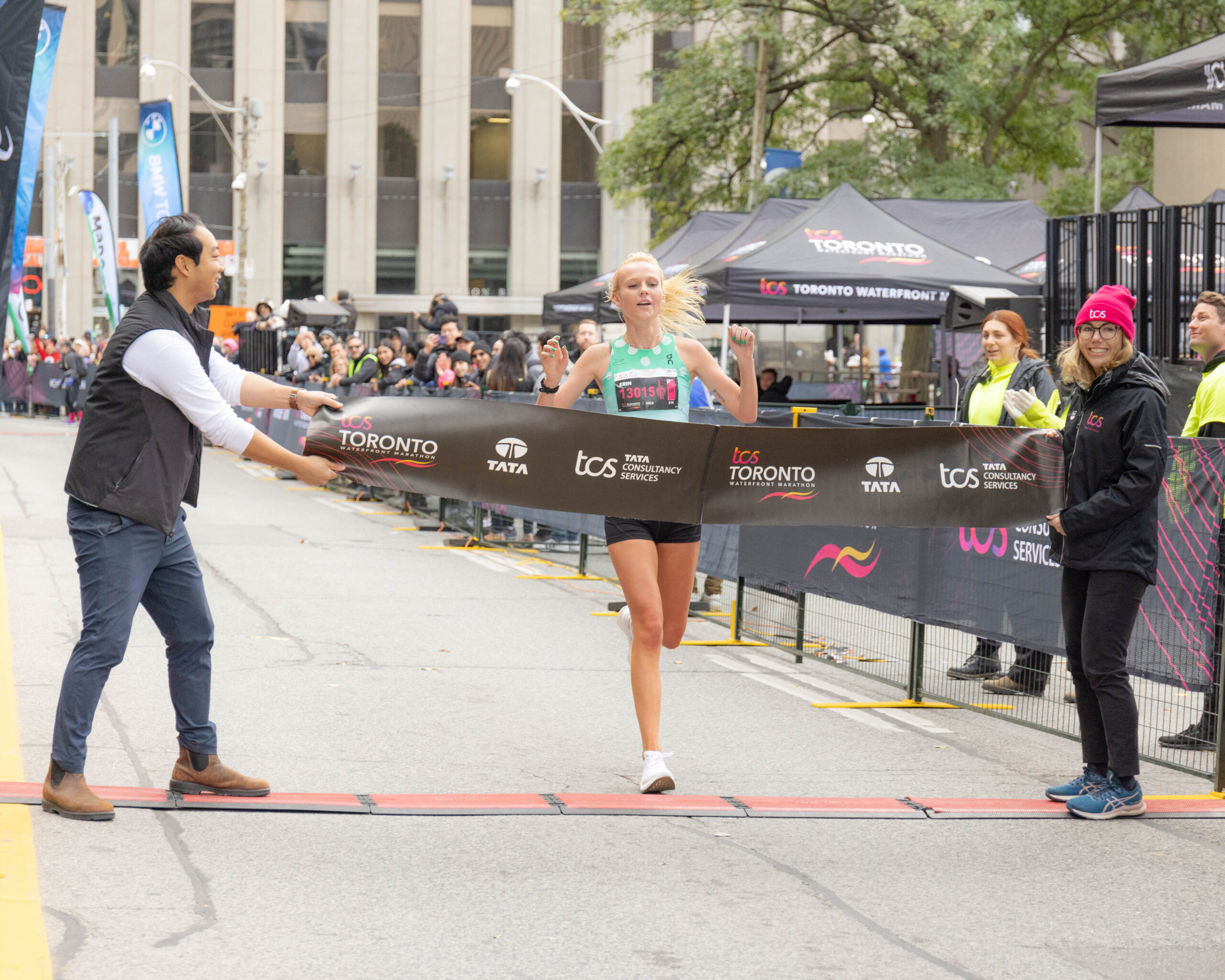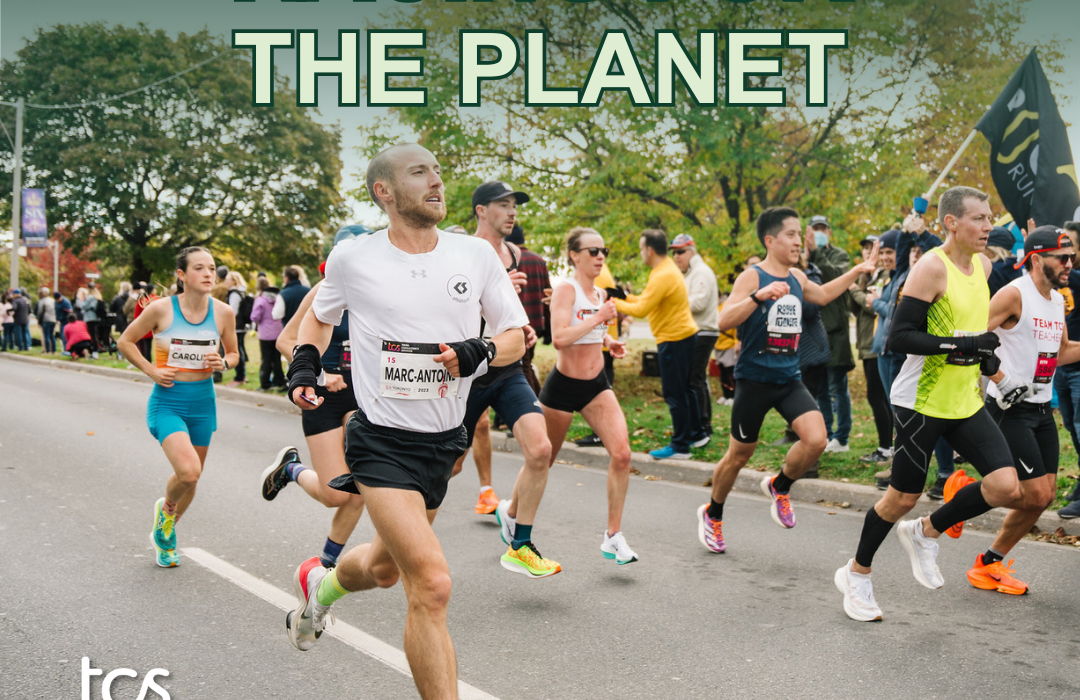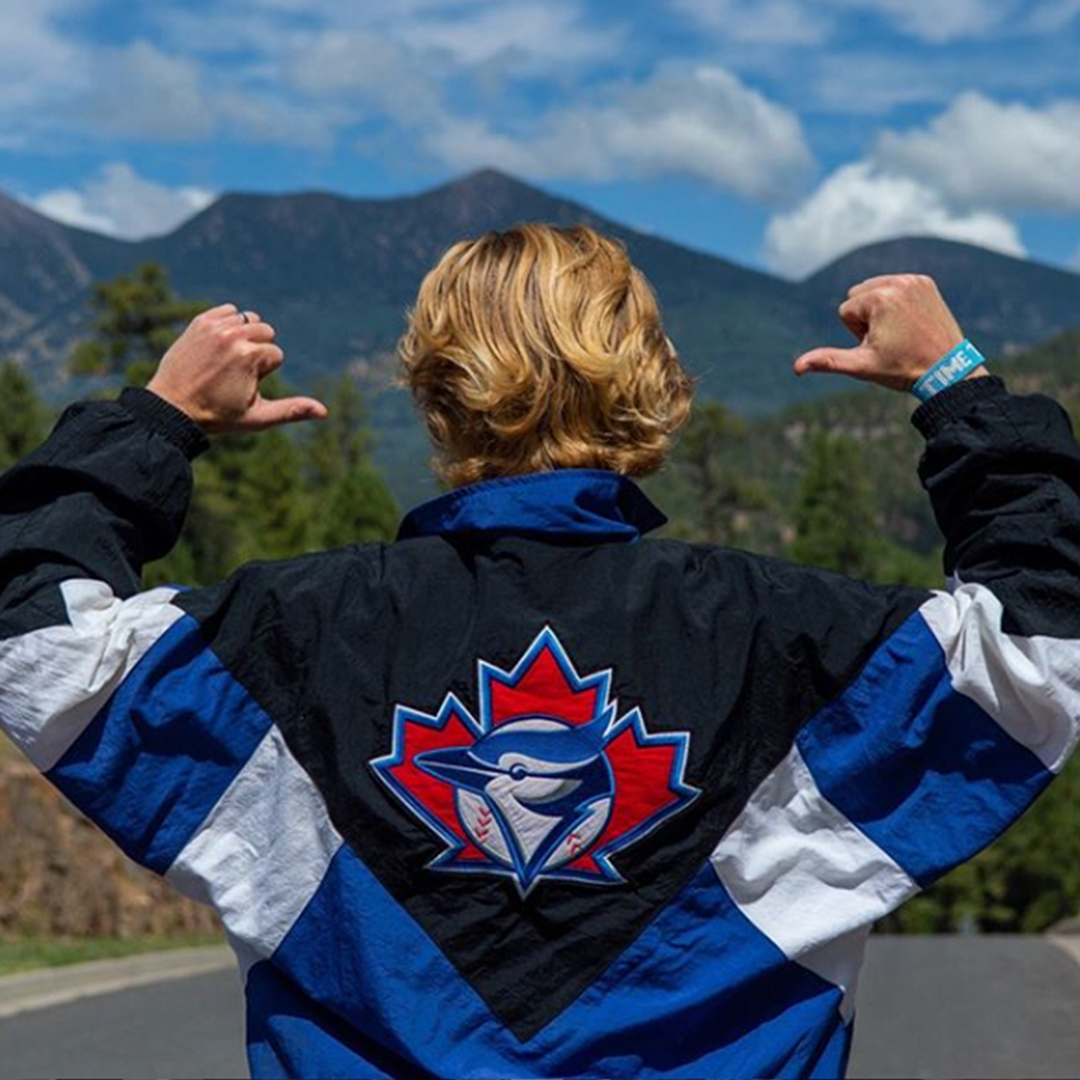
Now running professionally, rookie marathoner Linkletter is the dark horse of the Canadian Marathon Trials
Things have been moving quickly for Rory Linkletter as of late.
In the last year, the Calgary native and former student-athlete at Brigham Young University (BYU) moved from Provo, Utah to Flagstaff, Arizona, signed a professional running contract with Northern Arizona (NAZ) Elite, and got married to his university sweetheart.
It’s hard to believe Linkletter is only 23, and his training log might reveal his most precocious move to date.
With nothing longer than 10,000m raced (in 28:12, mind you) the six-time NCAA All-American is fast-tracking his way to a marathon debut. In July, fresh off his final NCAA campaign, Linkletter started training with some of North America’s best marathoners, including top American finisher at the 2019 Boston Marathon Scott Fauble, and 2:12 marathoner Scott Smith, in preparation for the Canadian Marathon Trials on Oct. 20.
Despite his relative youth and inexperience, Linkletter’s adjustment to marathon workouts has been smooth, even enjoyable.
“I’m having so much fun with it and am getting so excited for workouts that I am pestering my teammates,” he says. “I think that’s because of the environment I was in at BYU, being around guys like (sixth place finisher at 2012 Olympic marathon) Jared Ward and my coach (2:10 marathoner Ed Eyestone, who has competed and won in Toronto) who are so established in the distance.”
Linkletter has not increased his weekly mileage (he already hovers around 160K) in preparation for the marathon, but his race-specific workouts are now longer, more difficult, and require much recovery. Sometimes, he takes as much as four days of easy running between hard sessions, a luxury he did not have when training for the 10,000m. The difficulty of workouts has also led him to race sparingly in preparation for the Trials, which has added to the impossibility of predicting his finishing time.
It’s only with the help of comparison, Strava and Twitter that we can start answering the question on everybody’s minds: just how fast can Linkletter go?
What Will Rory Run?
One prediction tool we have is comparison. His 10,000m PB indicates that we might get treated to one of the fastest debuts in recent Canadian history.
Fastest Canadian Debuts of the last 30 years:
Cam Levins: 2:09:25 – 10k PB (27:07)
Peter Fonseca: 2:12:07 – 10k PB (N/A)
Carey Nelson: 2:12:28 – 10k PB (28:04)
Peter Maher: 2:12:58 – 10k PB (N/A)
Eric Gillis: 2:13:52 – 10k PB (28:07)
Jeff Schiebler – 2:14:13 – 10k PB (27:36)
Bruce Deacon: 2:15:16 – 10k PB (28:46)
Dylan Wykes: 2:15:16 – 10k PB: (28:12)
Graeme Fell: 2:16:13 – 10k PB (30:09)
Robin Watson: 2:16:17 – 10k PB (29:27)
Reid Coolsaet: 2:17:09 – 10k PB (27:56)
Rory Linkletter: ??? – 10k PB (28:12)
Linkletter is faster over 10,000m than three men who debuted under 2:17. He also has the exact same 10,000m time as Dylan Wykes, now a 2:10:47 marathoner.
Strava posts
Another prediction tool we have is Linkletter’s social media. His Strava account displays impressive workouts done at altitude. Here are three of his biggest sessions of September:
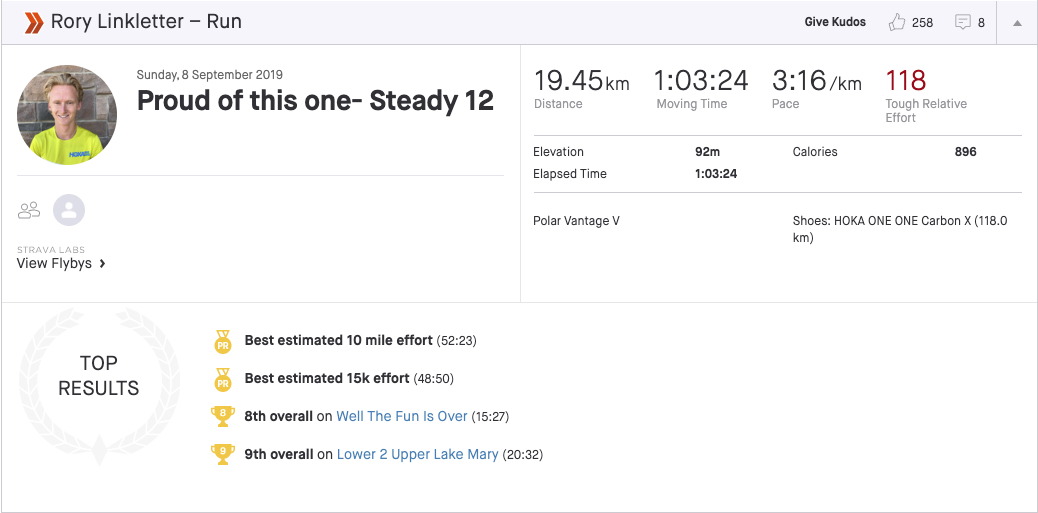

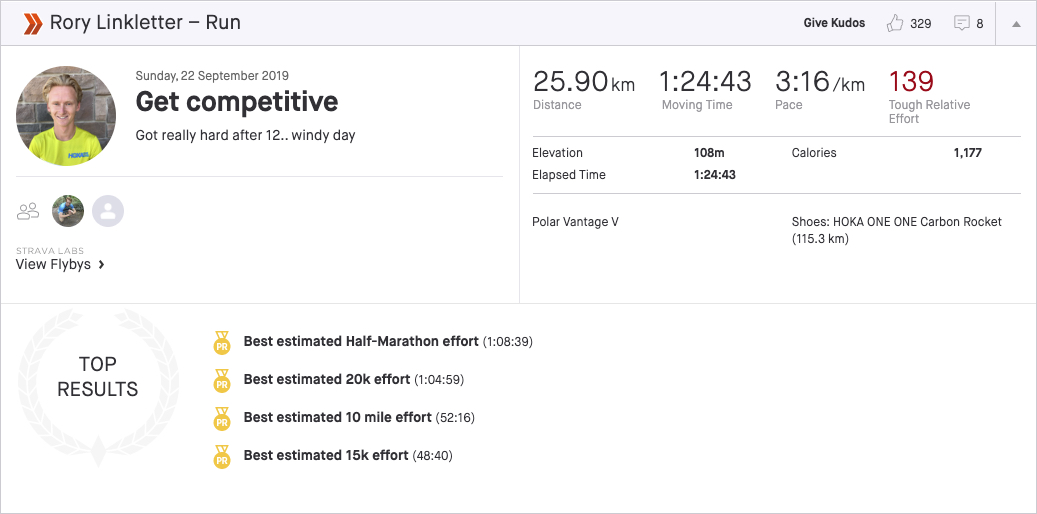
Rory’s Twitter Timeline
While his Strava breaks down his training by the numbers, his Twitter account provides more qualitative insight into his high-mileage journey. Plus, it’s pretty entertaining.
Yo, 23 isn’t too young to run a marathon right? https://t.co/eJhvPYfnA6
— Rory Linkletter (@ThePapaLinks) August 9, 2019
Behind the tweet: “I knew I was going to run Toronto for a long time, but I was feeding into the narrative that I think I am young to race it. But, for me it makes so much sense to start the marathon now. 10k to marathon, I think there is some allure to the roads. It is an intriguing challenge of strength and growth, and if I can bottle it and get the most out of myself, I know I can be good at the marathon.”
Yo, this is a question for other pro athletes… what do you do when you’re not training? 😅 Asking for a friend.
— Rory Linkletter (@ThePapaLinks) August 19, 2019
Behind the tweet: “I’m slowly figuring it out and finding pastimes between runs. I play a lot of X-Box, I watch my dog. Sometimes I hate not having things to do but at the same time I feel very fortunate that I can push my body to its maximum and see what it’s capable of doing. I am blessed in that sense.”
Today was my first visit to the dark side of marathon training. It is not pretty.
— Rory Linkletter (@ThePapaLinks) August 28, 2019
Behind the tweet:“This was my first session on Lake Mary Road, an iconic marathon training spot for anyone out here in Flagstaff. It’s a rolling road with a big shoulder, simulates a lot of things you’ll seen in the marathon. The first session I had it didn’t look bad on paper. It looked like an easy pace and I thought it will feel slow. But I hadn’t done a long session like that, and then add altitude to the mix. It was 1.5 mile at marathon effort, half mile at 3:45 per kilometre. That, times six. I felt really good during reps three and four, but during the fifth one, I thought my legs were getting heavy and I was pressing. The sixth one, I felt like I was walking. I had never dug myself that deep of a hole. It was just a different kind of pain. There was nothing left. I couldn’t go any faster than that pace if I tried. Now I kind of get what it means when people say they hit the wall.”
Another Long run ✅
Feeling stronger and more tired by the day 😅— Rory Linkletter (@ThePapaLinks) September 1, 2019
Behind the tweet: “I thought this one would hurt. It was four miles tempo, 10 miles at six minute pace, four miles tempo. The first tempo was alright, and then the 10 mile hurt more than it should. I was dreading the last four miles. I was running it with (Matthew) Baxter and (Scott) Smith, and I was terrified that I would get put in a Blender. I figured it would be painful anyway, so I just sent it. I went out way too fast, way under marathon pace: 4:58 at altitude. But I actually surprised myself after that because I cruised it in 5:02 pace and I held on pretty well. After that day I remember thinking: I could be good at this. I’m almost 20 miles in a run and I’m holding 5:02 (per mile) pace.”
Marathon training update: legs hurt real bad.
— Rory Linkletter (@ThePapaLinks) September 22, 2019
Behind the tweet: “This one was a killer. 16 miles at marathon. The goal was to run 5:17 pace. The first two miles felt really good. Two miles later I thought “I will not have a day out here.” Two miles later I thought “coach, pull me out of here.” I’m not looking at my watch because it hurts. I want him to say that I’m going backwards and that I should stop. I get to 14 miles and there are headwinds and hills. I felt I was so done, and I see my coach. “Finally, he’s going to pull me out,” I think. But, he looks at me and just says, “be competitive.” Are you kidding me? So I ran my last few miles at 5:20 and 5:30 and my legs hurt so bad. Later that Sunday I was watching football and my legs were just screaming.”
That tweet caught the attention of a fellow Canadian marathoner who knows the feeling too well.
You’re doing it right.
— Reid Coolsaet (@ReidCoolsaet) September 22, 2019
The Bottom Line
A new wave of Canadian marathoners (which might eventually include Ben Flanagan, Mike Tate, Chris Balestrini and Farah Abdulkarim, among others) is about to rock the ship, and its headliner is nothing short of a national treasure. Rory Linkletter loves to run, is entertaining, and is still a totally unknown quantity heading into these Trials. At worst, he overestimates his fitness and crashes into a brick wall of hubris. At best, he runs one of the fastest debuts in Canadian history, and challenges for a spot on the Canadian Olympic team. Either way, we are likely witnessing the start of a long and successful marathoning career.
“What I want to do is be a professional in all aspects of the sport, make history, and run fast,” says Linkletter. “I think the marathon is my distance, and no matter what happens in Toronto, I am excited to get started.”



